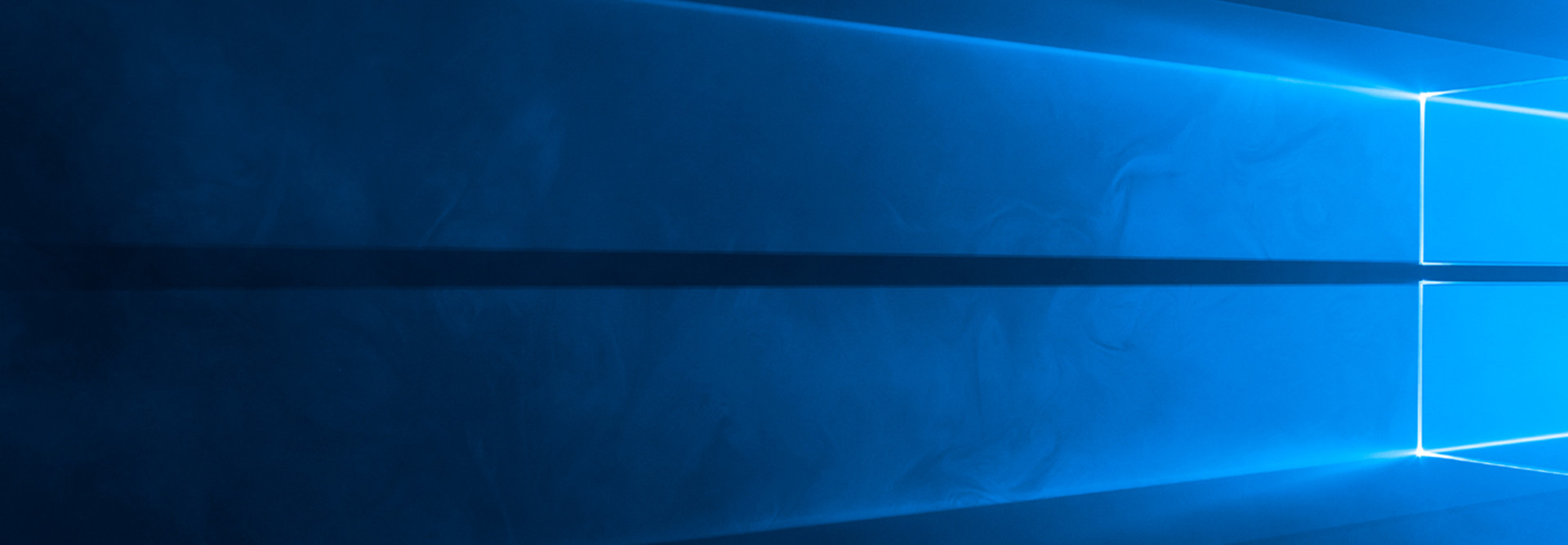5 Reasons a Windows 10 Upgrade Makes Sense
The release of Windows 10 last summer brought a wave of anticipation to IT managers. Sure, Microsoft’s new flagship product packs cool new features such as facial login with Windows Hello and Cortana’s voice-guided navigation, but what does that mean for business?
IT managers weigh any OS upgrade decision against already hectic workloads. To sort through the new features, functions and fun of Windows 10, consider these key components before launching into a full upgrade.
1. Usability
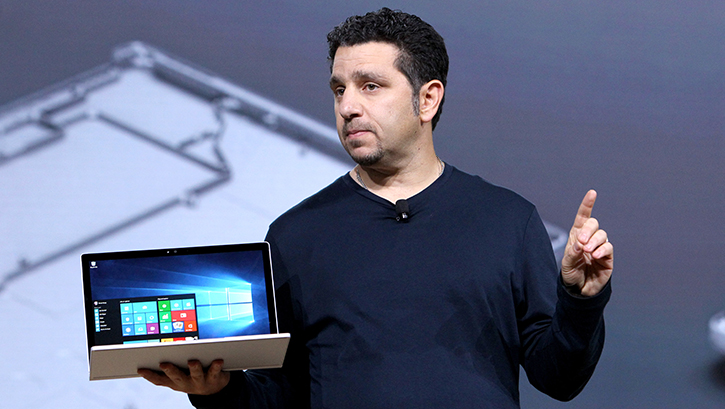
Stumbling out of the box would doom Windows 10 in the eyes of most IT managers and administrators. Luckily, Microsoft made Windows 10 relatively easy to deploy and manage. One of the biggest features revolves around the concept of universal application. Instead of training employees and managing Windows individually across different devices, the Windows 10 universal app platform centralizes these actions, saving businesses time and money on the operational side.
2. Mobility
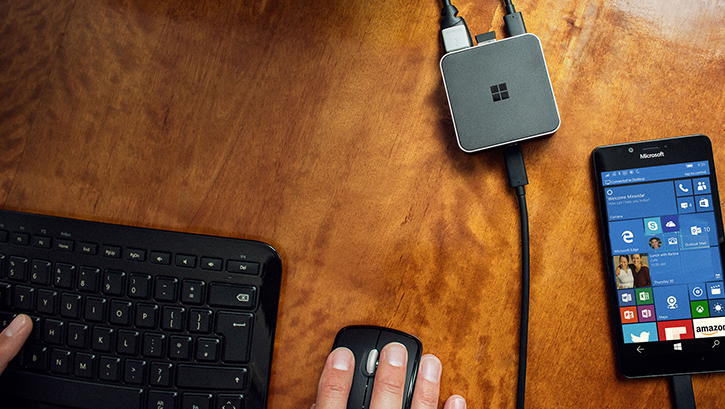
Microsoft’s mobility play shows with Windows 10. The OS comes packed full with mobile device management improvements. With bring-your-own-device still simmering as a trend, Microsoft blurs the line between a user’s corporate and personal devices, using Azure Active Directory, Intune and Azure Rights Management. With Microsoft’s cloud services, location doesn’t matter anymore, but businesses still maintain device control via Windows 10.
3. Visibility
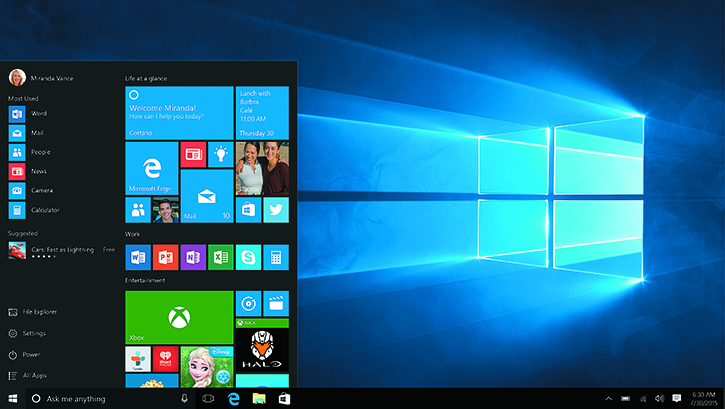
While change remains constant in technology, most small and medium-sized business users dislike learning new or different ways to work. Microsoft learned its lesson during the development of Windows 8 by easing users into the beautiful live tiles that Windows 8 and 8.1 featured, but did not require users to completely adopt the new features. With Windows 10, Microsoft’s beloved start menu returns, in addition to the look and feel and modernization of the live tiles.
4. Functionality
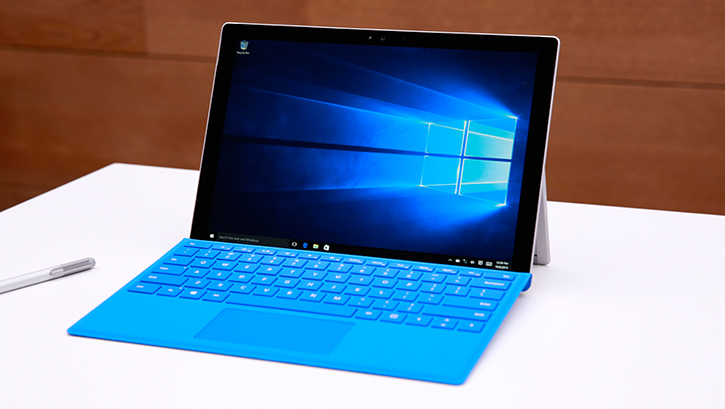
Other notable components of Windows 10 include the new Edge browser (previously referred to as Project Spartan). The new browser offers features such as ad hoc web page annotation and OneDrive integration. Windows Update for Business also runs with Windows 10, allowing businesses more control over how and when their computers receive updates. With Windows Update, IT managers can determine the order in which devices receive updates and during what time frames.
5. Security
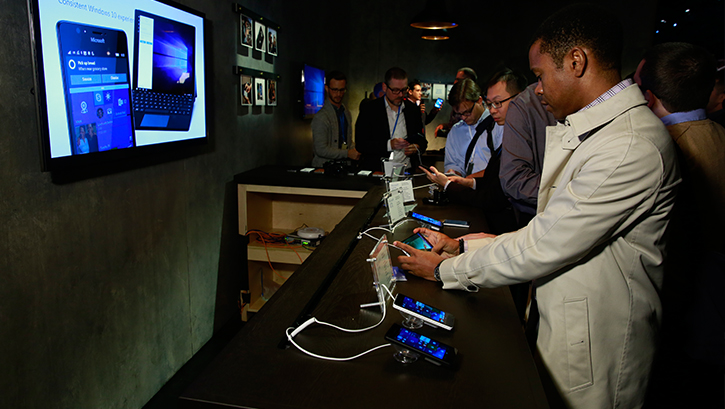
Microsoft Windows 10 makes security a priority. The new OS features default two-factor authentication. It also offers an Enterprise Data Protection module that allows users to encrypt files of data at their discretion, rather than forcing full-drive encryption. And rather than trusting activities by default, the new Device Guard forces applications to be signed and verified, putting Windows on the defensive by trusting nothing and allowing only approved processes.
Looking Ahead
Eventually, Microsoft Windows 10 could become the most popular version of Windows ever.
With the new usability and mobility features, visibility adjustments, and enhanced security capabilities, small and medium-sized business users should love working on this new operating system — enjoying the improved design, control and productivity to boot.



